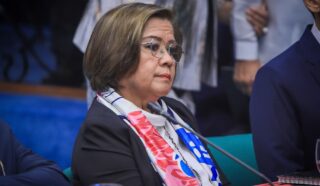The number of Filipinos with bank accounts has grown over the last five years, and the amount of cash each has deposited has also increased, but the Bangko Sentral ng Pilipinas believes there is more to be done to improve financial inclusion in the country.
According to the financial regulator, local access to and use of formal financial products and services continues to improve, with 44.4 million Filipinos holding 55.3 million bank accounts as of June 2017.
“From 2011 to 2016, the number of depositors and deposit accounts increased at an average annual rate of 6 percent and 4 percent, respectively,” BSP said in a statement. “The total amount of deposits grew at an average rate of 15 percent during the same period.”
Despite improvements in account ownership, however, the number of deposit accounts per 10,000 adults in the Philippines was still lower than that in most of Asean, except Cambodia, Laos and Myanmar.
In a statement, the central bank said that out of 1,634 cities and municipalities, the number of unbanked areas declined to 571 local government units (34.9 percent of the total) in June 2017 from 609 LGUs (37.3 percent) in 2011.
As of June 2017, there were 11,343 banking offices and 19,500 ATMs. Banking offices grew at an average annual rate of 4 percent from 2011 to 2016 while ATMs increased at a faster rate of 12 percent during the same period.
In addition to banks, there were over 61,000 nonbank financial service providers (FSPs). Growth was fastest among mobile money agents, which are retail outlets where people can convert cash to electronic money and vice versa. Pawnshops, cooperatives, and microfinance NGOs had wider presence than banks and were the most common FSPs in unbanked areas.
In terms of usage, there were 44.4 million depositors and 55.3 million accounts with an outstanding balance of P11 trillion as of June 2017.



